
I’m not exaggerating if I say that we all hate long bus routes, those with so many stops that we feel that we will never get there. But today’s is different because each stop is a small destination in itself. I am about to get on the VIP City Bus, a tour that started nine months ago and that crosses the heart of the pampas (grasslands) in a double-decker bus.
Adalberto Obando is our guide, a conversational Nicoyan who watches carefully through the windows to explain curiosities about Guanacaste. The other seats are occupied by 10 tourists, almost all Americans.
We leave mid-morning from Guardia de Liberia, heading toward our first destination on the banks of the Tempisque River. There we see up close the work of the sand excavators of Filadelfia, an ancient work in the canton that survives despite the passing years.
In this traditional work, men swim to the depths of the river to remove sand with their own hands, then transport it with oxen to sell it for use in construction.
Culture and architecture are what drives this type of tour, but the tour also tries to show firsthand what day-to-day life is like for the people of Guanacaste.
We want them to meet the people of the town, to go to the market and experience smells, flavors, fruits and vegetables that they have never seen,” operations manager, Jorge Ovares.
We climb on the bus once more to continue to our next stop: the city of Liberia.
On the bus, a young marimba player from Sardinal named Eduardo Gutierrez, and the tourist bus operations manager, Jorge Ovares, welcome us armed with a güiro (a percussion instrument), marimba (like a xylophone) and maracas.
Outside the windows, we see a parade, one after another, of sugarcane fields and pastures. Inside, the vibration of the musical notes harmonizes with the landscape with songs that range from “The crazy mosquito” to the popular hit “Despacito.” We float along Route 21 almost without realizing it.
“We are at the American corner!” Adalberto shouts in English when we reach the entrance to Liberia, flanked by fast-food restaurants in every cardinal direction.
The bus zigzags between the little streets of Liberia, made even narrower by badly parked cars and by a gigantic Guanacaste tree that grows up right in the center of the street. Long live Costa Rica!
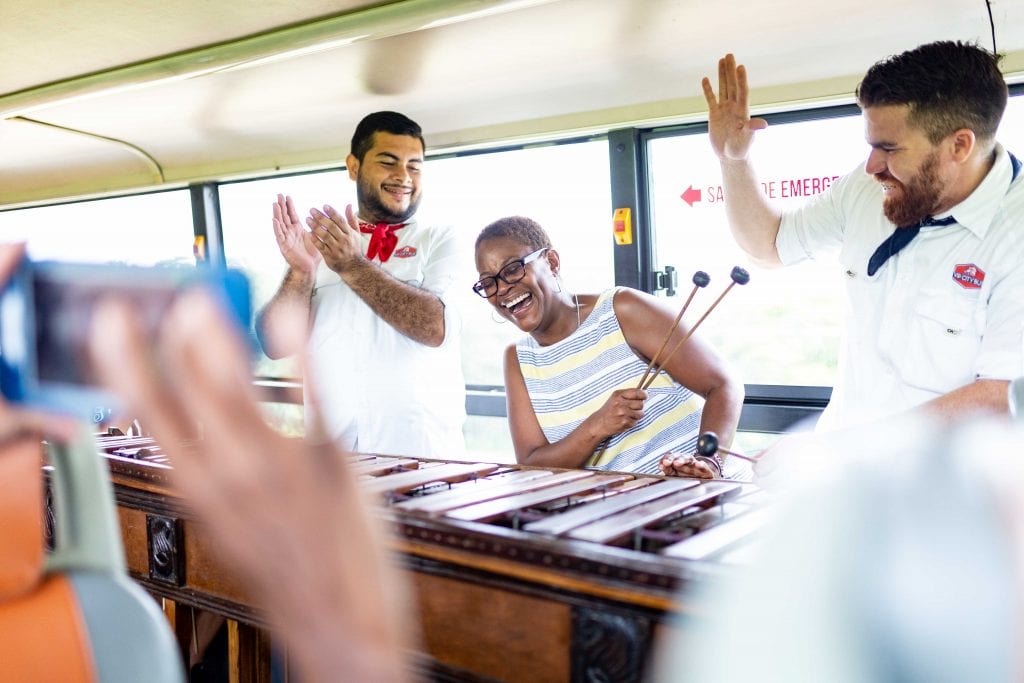
Nine months ago, VIP City Bus started up its second route in the country. The other runs through downtown San Jose. Foto: César ArroyoPhoto: César Arroyo
We get off the bus and Adalberto takes advantage of the walk through the neighborhoods to show us another tree, a jicaro (Crescentia alata) that grows in the courtyard of a house. He tells us that its use in making handicrafts in Guanacaste is very common.
We walk in a row along the narrow sidewalks to Calle Real, where the White City’s historic houses adorn both sides of the road. During this part of the tour, we briefly review the history and architecture of the capital of Guanacaste.
The sun that hadn’t peeked out for several days beats down at noon, and humidity hangs heavy around us. In the park where this historic street begins, we take the opportunity to drink a few cold coconuts, and we are ready to continue with our most immediate destinations: the Catholic church and the old command headquarters, converted into the Guanacaste Museum 14 years ago.
This closes our tour’s chapter on architectural heritage, and right away we are immersed in one of the scenes of Guanacaste’s daily life: the market.
The smell of pork rinds and smoked cheese welcomes us just as we cross the threshold of Liberia’s municipal market. Here Adalberto explains a little about traditional gastronomy and the most common ingredients in Costa Rican food as we go through sodas (small restaurants), butcher shops and pulperias (convenience stores).
We return to the bus, loaded with popular culture, architectural concepts and some blocks of crude sugar cane. We have been traveling for an hour and a half, but this is just getting started.
Before heading to our final destination in Playas del Coco— to buy souvenirs— we will stop at Guardia where they wait for us with a coffee tour, traditional dances, lunch and they will even have us cook empanadas.
Don’t Miss the Bus!
Reservations: 2282-0240
Price:
- National residents $80
- Foreigners $112
Hours: 10:30 a.m. – 4:15 p.m. (Monday, Wednesday, Friday and Saturday from August to November. All week from December to July).


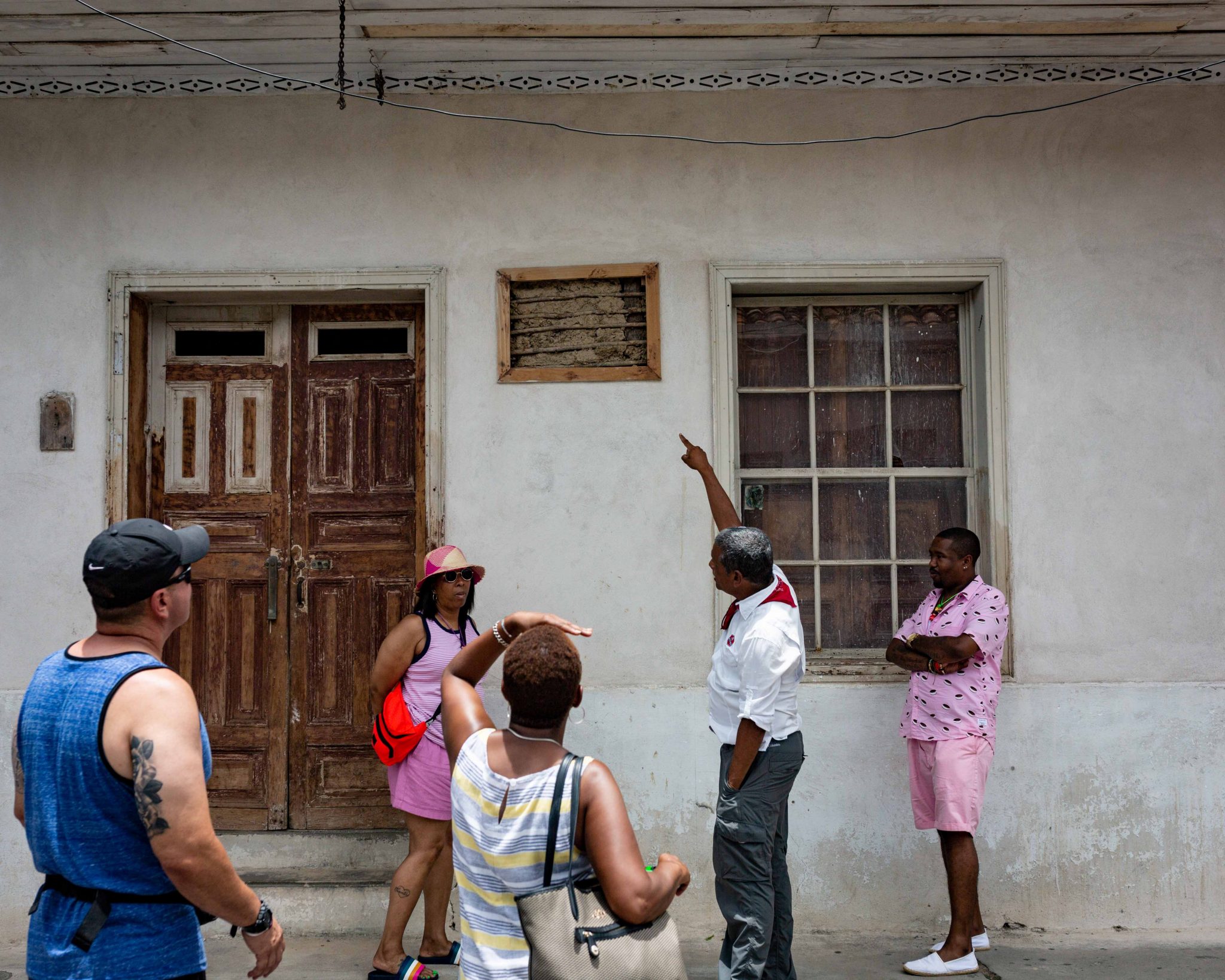
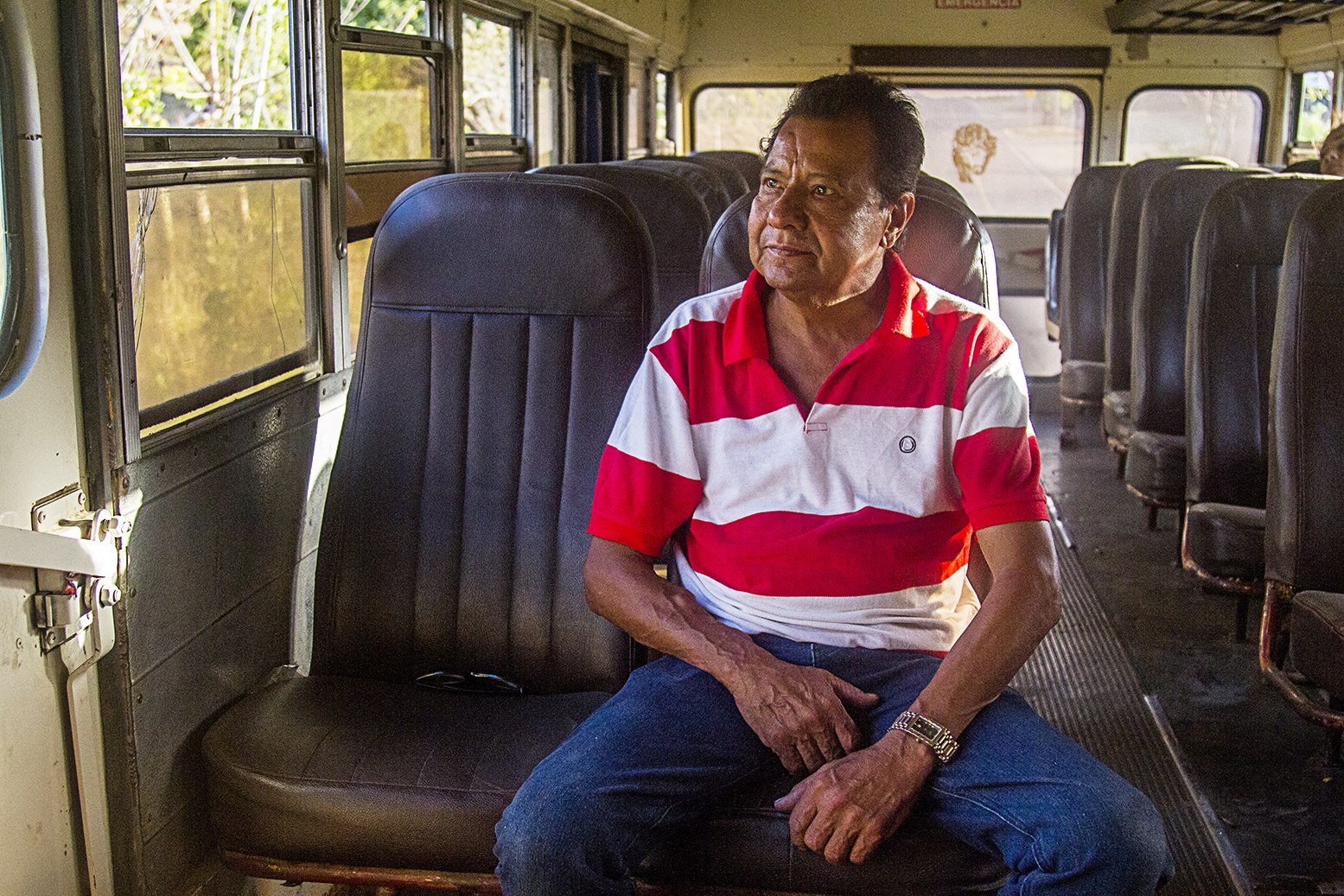
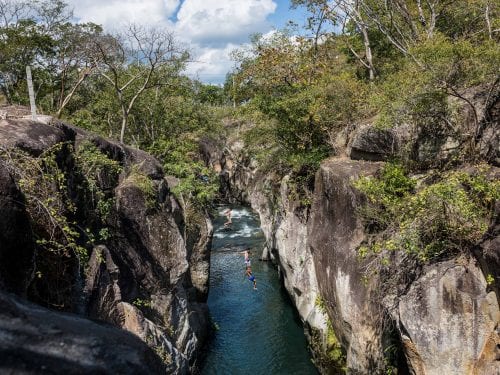
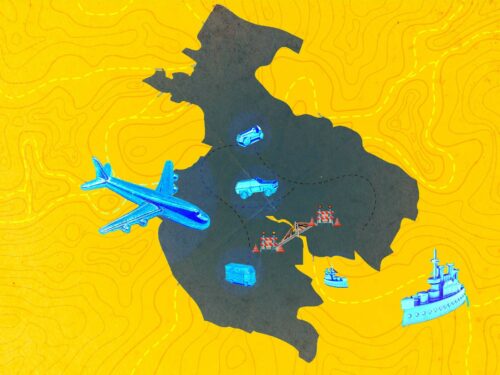

Comments